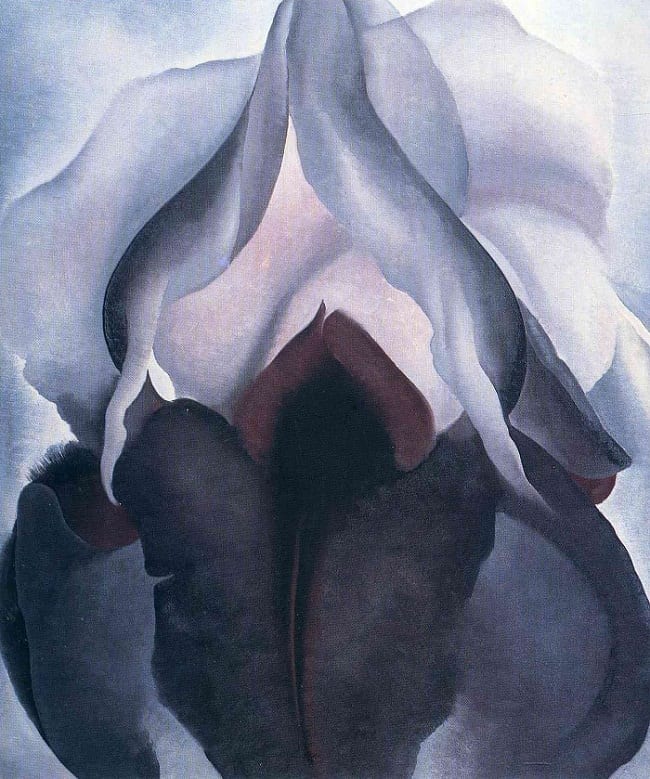“Nobody sees a flower, really, it is so small. We have no time – and to see takes time like to have a friend takes time. If I could paint the flower exactly as I see it no one would see what I see because I would paint it small like the flower is small. So I said to myself – I’ll paint what I see – what the flower is to me but I’ll paint it big and they will be surprised into taking time to look at it – I will make even busy New Yorkers take time to see what I see of flowers. I made you take time to look at what I saw and when you took time to really notice my flower you hung all your own associations with flowers on my flower and you write about my flower as if I think and see what you think and see of the flower – and I don’t.” – Georgia O’Keeffe
Georgia O’Keeffe an American painter who played a major part in the modernist movement in the twentieth century. As being a budding artist I have always admired her works and most of all it is inspiring how she grew up in the patriarchal society and yet nothing stopped her to follow her dreams. She successfully becomes one of the first women who received such appraisals by everyone. Her admiration and belief in herself are what motivates me the most. Her works make me connect more to nature just like she says in this quote. Most of her life she has painted flowers and landscapes capturing mountains. Her love with nature can be seen in all of her works.
One of her works that fascinates me the most is Black Iris painted in 1926. It is not just the artwork that intrigues me but also the controversial stories that surround it. According to her, she had painted a view of an enlarged flower similar to many of her other works whereas the audience and observers took it as a depiction of female genitals. Linda Nochlin, for example, read Black Iris III as a “morphological metaphor” for female genitalia. They found it hard to not relate it together. Due to this, she faced a lot of criticism as many thought it was a statement and they were not comfortable with it. This work is the perfect example of how art at many times takes the meaning as the observer conceives it rather how the artist actually portrayed it. It is really sad how the society confines artists of all field to work on the basis of their comfort. When this comfort is hinged, the society leaves no brick behind.
